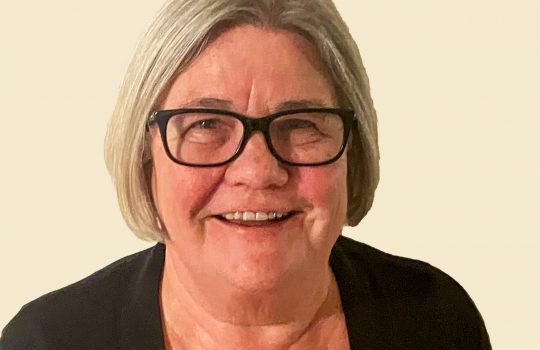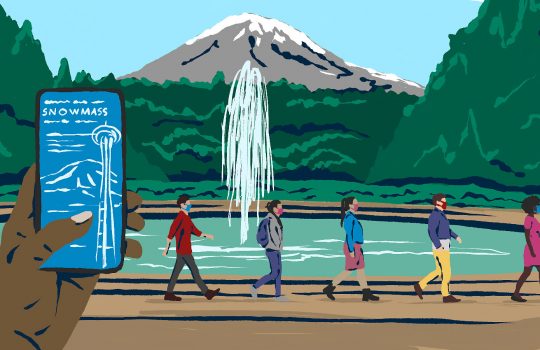Big Bang observatory tops wish list for big US physics projects
From Nature, Dec. 7, 2023
The Particle Physics Project Prioritization Panel presented their report for the next decade with recommendations for the two main U.S. agencies that fund high-energy physics research. The report has five key recommendations and suggests the U.S. should explore programming to demonstrate the feasibility of two new kinds of particle accelerators.




